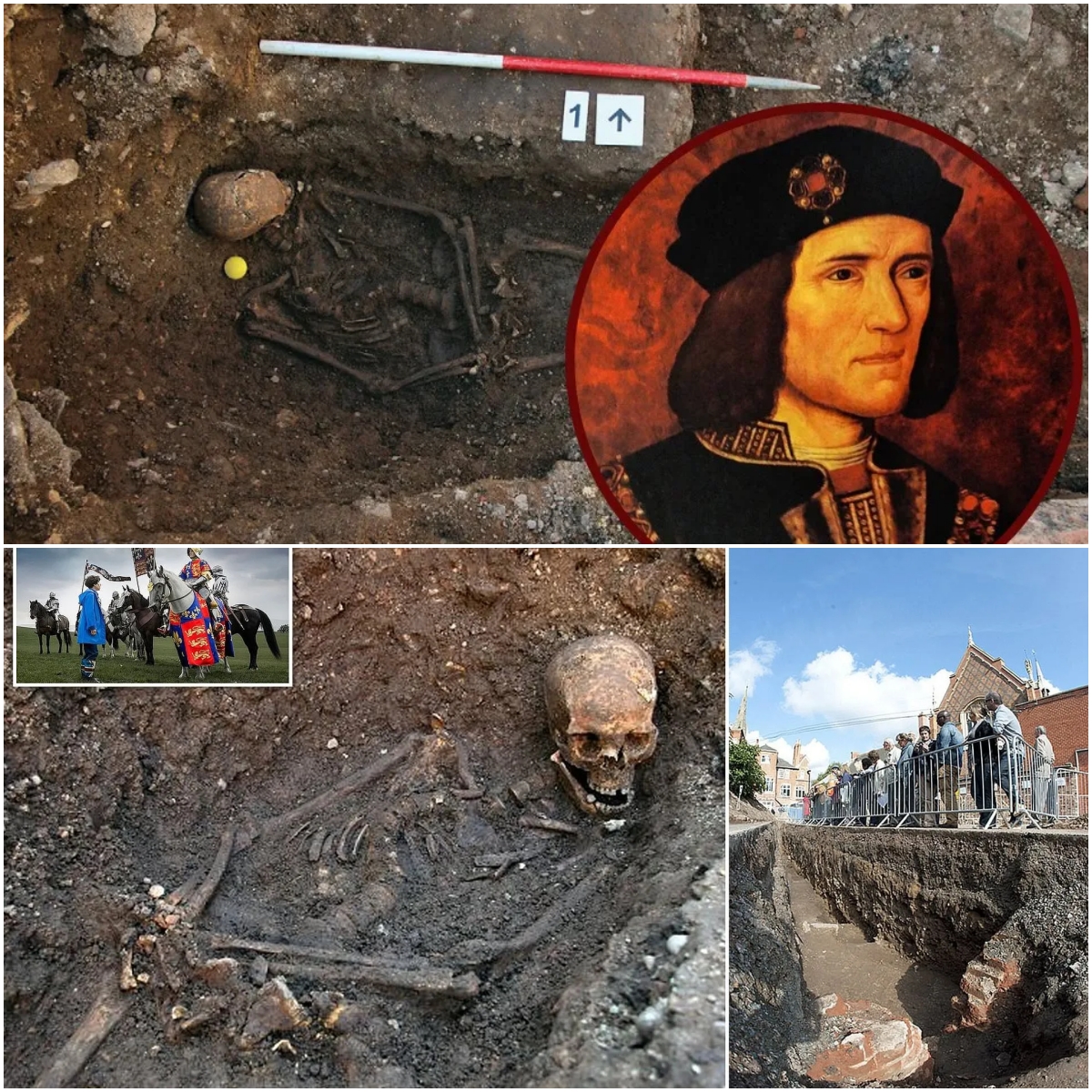Rock Carving Precision: 1,800-Year-Old Mastery Unveiled
Lomas Rishi Cave, part of the Barabar Hill Caves in Bihar, India, is a testament to the advanced craftsmanship and ingenuity of ancient civilizations. Dating back almost 1,800 years to the Mauryan Empire (322-185 BC), these caves have baffled historians and archaeologists for centuries. One of the most notable features of these caves is the razor-sharp precision and smooth finish of their rock-carved surfaces, an achievement that seems almost inconceivable given the tools and technology available at the time.
The Barabar Hill Caves are the oldest surviving examples of rock-cut architecture in India; some of them have inscriptions attributed to Emperor Ashoka, the great Mauryan ruler. These caves, situated in the Makhdumpur region of Jehanabad district, approximately 24 kilometers north of Gaya, were probably used as retreats for ascetics and monks, particularly those of the Ajivika sect.
Among these caves, the Lomas Rishi cave stands out for its intricate design and exceptional craftsmanship. Situated on the southern side of the granite hill of Barabar, adjacent to the Sudama Cave, Lomas Rishi is famous for its meticulously carved gate, which resembles the curved wooden structures of ancient Indian architecture. This door reflects an advanced understanding of aesthetics and structural engineering, combining functionality with artistic expression.
The Lomas Rishi cave consists of two different chambers. The first is a rectangular room measuring 9.86 meters by 5.18 meters, with straight walls and a perfectly smooth surface that demonstrates an unparalleled level of precision. The second chamber is a circular, semihemispherical room, with a diameter of 5 meters, which is accessed through a narrow rectangular passage. This circular room features an acoustically resonant design, which may have been intended to amplify chants or prayers, further increasing its spiritual significance.
The precision with which these chambers were carved, along with their mirror-smooth interiors, has many marveling at the techniques employed by ancient craftsmen. Cutting granite rock, a material known for its hardness, requires incredible skill and tools capable of withstanding immense pressure. How these artisans achieved such a feat with the tools available in the 3rd century BC. C. remains a topic of debate and fascination.
One of the most persistent mysteries of the Barabar caves, particularly the Lomas Rishi cave, is the method the ancient builders used to achieve such precision. Smooth finishes and sharp angles suggest the use of advanced tools or techniques, although no direct evidence of such technology has been discovered. Some scholars hypothesize that artisans may have used abrasives, such as sand and water, combined with bronze or iron tools, to meticulously shape and polish granite. Others speculate that some form of lost technology or extraordinary craftsmanship allowed them to achieve this level of perfection.
The carved door design, which imitates wooden structures, adds to the intrigue. This detail suggests that the builders may have been inspired by earlier wooden architecture and sought to immortalize it in stone, a much more durable material. The door’s curved arch and intricate details show not only technical skill, but also a deep artistic sensitivity.
Lomas Rishi Cave and its counterparts on Barabar Hill serve as a bridge between India’s architectural past and its future. They represent a crucial period in history when craftsmanship and spirituality intertwined, giving rise to structures that were both functional and deeply symbolic.
Today, these caves continue to inspire awe and admiration. They are a reminder of the ingenuity and dedication of ancient civilizations, whose achievements remain relevant and inspiring in the modern era. As researchers continue to study these wonders, Lomas Rishi Cave stands as a silent witness to an era of unparalleled innovation and art: a true gem in human history.










